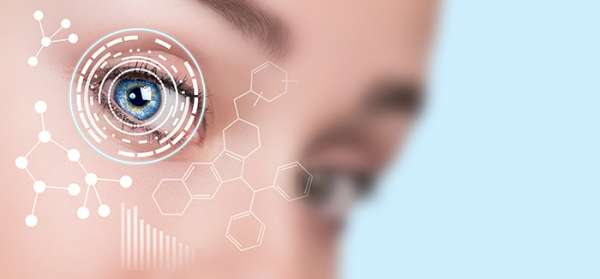We do not realise it, but the ability to see well, something fundamental when we drive, depends largely on eye movements. A study by a research group of the INTRAS (University Institute for Traffic and Road Safety Research), published in the scientific journal Plos One, has shown that it may be feasible to apply a test used up to now in the clinical field, the ADEM (Development of Eye Movements for Adults) to detect visual impairments, both in obtaining and in the renewal of the driving licence.
According to those responsible for the research, this test, which measures and studies eye movements, can be “a practical, inexpensive and easily applied tool” to evaluate drivers and “detect deficiencies in saccadic efficiency that could have an effect detrimental to driving performance.”
The research wanted to relate eye movements to driving and assess their importance. And the results show that drivers perform “significantly better” on the ADEM test than non-drivers.
According to the researchers, this study aimed to “evaluate and compare the results of drivers and non-drivers in the ADEM test, taking into account a set of driving parameters (experience, exposure to risk, and daytime and night-time difficulty) and the demographic variables (age, gender, academic level) as possible predictors of test performance”.
Almost 80% of the information we receive in our day to day comes to us through our eyes. When we drive, seeing well is essential. In fact, a recent study by ophthalmology experts from the University of Helsinki (Finland) shows that almost 24% of road accidents are related to a failure to observe or loss of visual attention.
So far, eye movements related to driving have not been studied or measured, among other things, because there was no test that assessed them (a gold standard). Thus, most countries only require primary eye health exams to obtain or renew a driving licence.
In this research, there were 302 healthy people (between 20 and 86 years old), who completed a self-reported questionnaire and an ADEM test. Of these, 214 were drivers (70.9%).
What are eye movements?
We hardly perceive them, but it is the eye movements that allow us to observe both static and moving objects. As its name indicates, they are the movements that each eye performs separately.
They are controlled by three pairs of muscles: the medial and lateral rectus, the superior and inferior rectus, and the superior and inferior obliques. Visual problems are often caused by poor coordination when performing eye movements.
Eye movements are classified into three types:
Saccades. They are the rapid and intermittent movements that the eyes make and that allow us to complete the scene we are seeing as clearly as possible. Saccadic refers to a “sudden jolt”, so we do not realise that it occurs.
Fixation or tracking movements. Thanks to them we can continue to see the objects that are moving.
Movement convergence. They are coordinated movements that allow the point of view to be deviated simultaneously. In this way, we can continue to focus on objects even if they are zoomed in or out.
All these movements are related to each other. For example, when we read, we make very quick movements over the text (saccades) and small stops to read and understand each word (fixation).
The post The Movement of our Eyes first appeared on N332.es – Driving In Spain.







